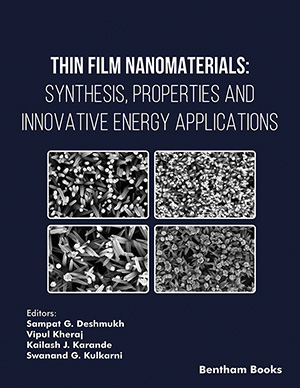Abstract
SHS investigation development is considered from the geographical and historical viewpoint. 3 stages are described. Within Stage 1 the work was carried out in the Department of the Institute of Chemical Physics in Chernogolovka where the scientific discovery had been made. At Stage 2 the interest to SHS arose in different cities and towns of the former USSR. Within Stage 3 SHS entered the international scene. Now SHS processes and products are being studied in more than 50 countries.
Abstract
Nanomaterials have gained a lot of attention of scientists and researchers during the
last two decades due to their small size (nano-scale) and large surface area. Amongst these
nanomaterials, metal oxide thin film nanoparticles are gaining much more interest due to their
exceptional chemical, electronic, catalytic, electrical and optical properties. These properties
can be improved to develop essential functionalities and compositions that make them fit for
various applications such as catalysts, solar cells, sensors, optoelectronic materials, and green
energy storage applications. Thin film metal oxide nanoparticles can be synthesized by different
physical or chemical methods like physical vapour deposition, chemical vapour deposition,
atomic layer deposition, sol-gel synthesis and hydrothermal synthesis. The usual
characterization techniques for metal oxide nanoparticles are SEM, HRTEM, EDX analysis,
XRD, FTIR, XPS, and TGA–DTA etc. Many metal oxides like TiO2 and ZnO have excellent
properties like photo-induced phenomenon under UV radiation and superconducting properties.
Thus, their thin film nanoparticles can work more efficiently than the bulk one. This chapter
explains about the synthesis of some metal oxides like TiO2, ZnO, and Fe2O3 through various
physical and chemical methods, and the characterization and application of metal oxide thin
film nanoparticles for solar cells, fuel cells, photovoltaic cells, optoelectronic application, and
green energy storage application.
Keywords:
Iron oxide, Li ion battery, Nanomaterials, Supercapacitor, Solar cell, Titania, Zinc oxide.
We recommend

Authors:Bentham Science Books






